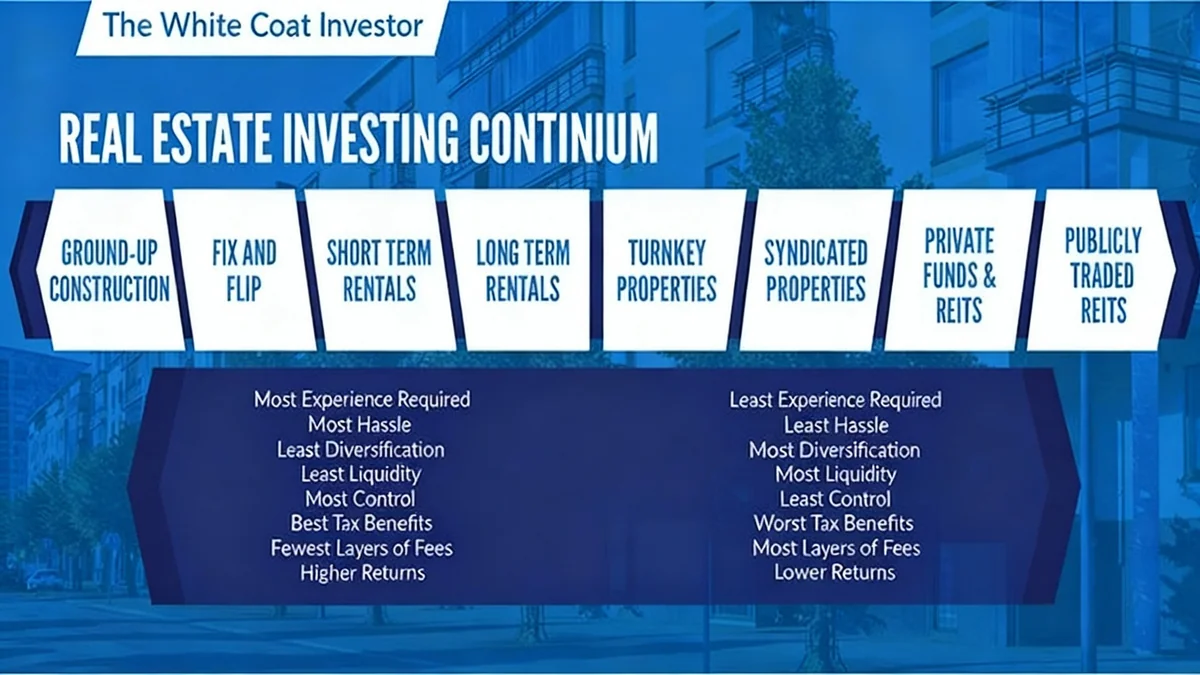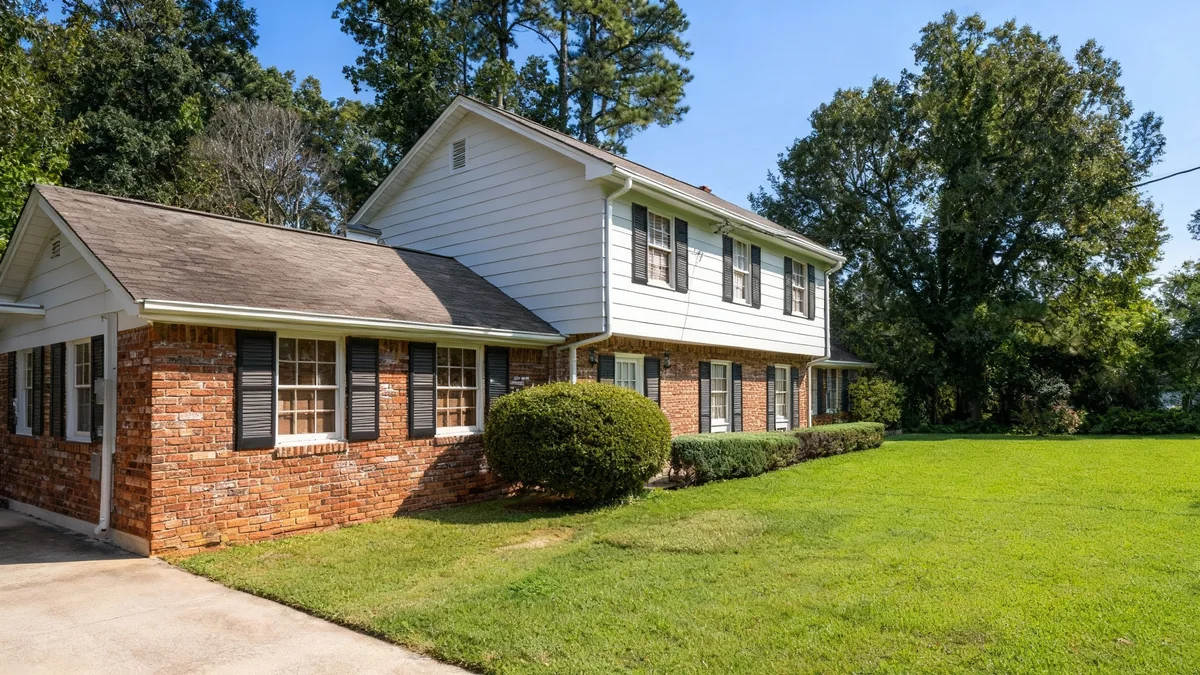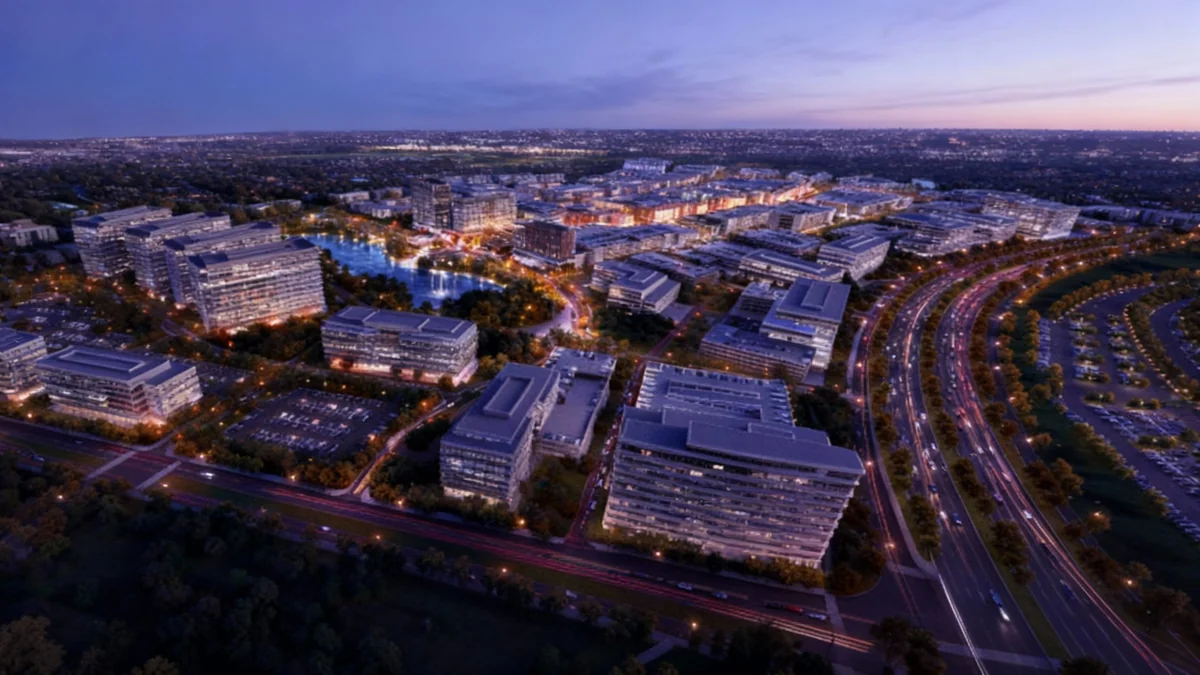California's housing market experienced a modest recovery in August 2025, with existing single-family home sales increasing for the first time in several months. According to a report from the California Association of REALTORS® (C.A.R.), this uptick was largely driven by a decrease in mortgage rates, which encouraged potential buyers to re-enter the market after a slow summer.
The seasonally adjusted annualized rate of sales reached 264,240 units in August, a 0.9% increase from July. While this figure remains below the levels seen in the previous year, the month-over-month growth signals a potential shift in market momentum.
Key Takeaways
- Existing single-family home sales in California rose 0.9% in August from the previous month.
- The statewide median home price increased to $899,140, marking a 1.2% year-over-year gain.
- A significant 8.3% surge in pending sales from July indicates stronger future sales activity.
- The average 30-year fixed mortgage rate fell to a 10-month low of 6.59% in August, boosting buyer demand.
Mortgage Rates Fuel Renewed Buyer Interest
The primary factor behind the August sales rebound was a moderation in borrowing costs. The average rate for a 30-year fixed mortgage was 6.59% in August, a noticeable drop from the higher rates seen earlier in the summer. This decline, reaching a 10-month low, provided a crucial incentive for homebuyers who had been waiting on the sidelines.
Although the August rate was slightly above the 6.50% average from August 2024, the downward trend from preceding months was enough to stimulate activity. Many prospective buyers are highly sensitive to interest rate fluctuations, as even small changes can significantly impact monthly mortgage payments and overall affordability.
“Many prospective homebuyers have been holding out in hopes of lower mortgage rates, and the declining trend in rates observed in the last few weeks could be the nudge that draw them back to the market,” stated C.A.R. President Heather Ozur.
Further evidence of this renewed interest is the sharp increase in pending sales. In August, the number of homes entering escrow rose by 8.3% compared to July. This metric, which serves as a forward-looking indicator for future closed sales, reached its highest point in nine months on a year-over-year basis, suggesting that the market may see continued strength in the coming months.
Median Home Prices Stabilize After Months of Decline
In addition to increased sales activity, August brought positive news for property values. The statewide median home price climbed to $899,140, representing a 1.7% increase from July. More importantly, this figure also marked a 1.2% gain compared to August 2024.
This year-over-year increase is significant because it ended a three-month period of annual price declines. The stabilization of home prices suggests the market is finding a healthier equilibrium between supply and demand after a period of adjustment.
Price Rebound Ends Declining Streak
The August median price of $899,140 ended a three-month trend of year-over-year price drops, indicating a potential bottoming out of the recent price correction and a return to modest appreciation.
According to C.A.R. Senior Vice President and Chief Economist Jordan Levine, the market appears to have found a short-term balance. He noted that while soft demand had led to price declines through early summer, the August uptick and stabilization in price-reduced listings point toward a more balanced environment.
This stability can build confidence for both buyers and sellers. Buyers are less concerned about purchasing a depreciating asset, while sellers can be more assured of their property's value holding firm.
A Diverse Market: Regional and County Performance Varies
While the statewide data indicates a positive trend, the performance of California's housing market was not uniform across all regions. Local economic conditions and inventory levels created significant variations in sales and price growth throughout the state.
Only two of the five major regions recorded year-over-year sales increases in August. The Far North and Central Coast regions saw sales climb by 2.9% and 1.6%, respectively. In contrast, the San Francisco Bay Area, Southern California, and the Central Valley all experienced modest sales declines compared to the previous year.
Understanding Regional Differences
California's real estate market is highly segmented. Local job growth, housing supply, and affordability levels mean that statewide averages do not always reflect the conditions in a specific city or county. This data highlights the importance of analyzing local trends.
Price changes also varied significantly by region:
- Central Coast: +6.3% median price increase
- San Francisco Bay Area: +2.8% median price increase
- Southern California: +1.2% median price increase
- Central Valley: -1.0% median price decrease
- Far North: -3.1% median price decrease
At the county level, the differences were even more stark. Mariposa County saw an 81.8% surge in sales year-over-year, while Yuba County experienced a 35.3% drop. Similarly, Santa Barbara County's median price jumped 32.6%, whereas Del Norte County's prices fell by 21.7%. These figures underscore the hyperlocal nature of real estate.
Market Dynamics: Inventory and Time on Market
Housing supply conditions continued to evolve in August. The Unsold Inventory Index (UII), which estimates the time it would take to sell the current supply of homes, rose slightly to 3.9 months. This is up from 3.7 months in July and 3.2 months in August 2024, indicating that buyers still have a reasonable selection of properties to choose from.
However, the growth in the number of homes for sale has started to slow. Total active listings were up 23.5% year-over-year, but this was the slowest pace of inventory growth since March. This deceleration could signal that supply is beginning to tighten as the market heads into the traditionally slower autumn season.
The time it takes to sell a home has also lengthened. The median time on market for a single-family home in California was 31 days in August, an increase from 22 days during the same month last year. This slower pace gives buyers more time for due diligence and reduces the pressure to make rushed decisions.
Reflecting this more balanced market, the sales-to-list price ratio stood at 98.3% in August, down from 100% a year ago. This means that homes, on average, are now selling for slightly below their asking price, a significant change from the intense bidding wars that defined the market in previous years.
Outlook for California's Housing Market
The August data provides a sense of cautious optimism for California's real estate sector. The rebound, driven by more favorable mortgage rates, demonstrates that underlying demand for homeownership remains strong. The increase in pending sales suggests this positive momentum could carry into the fall.
For buyers, the current environment offers a window of opportunity. Stabilized prices, more inventory, and longer selling times create a less frenzied atmosphere. While affordability remains a significant hurdle for many, the recent dip in borrowing costs provides some relief.
Sellers, meanwhile, must adapt to the changing conditions. With homes taking longer to sell and often closing below the list price, setting a realistic and competitive initial price is more critical than ever. The market is no longer heavily skewed in their favor, requiring a more strategic approach to pricing and marketing.
The future direction of the market will largely depend on the path of mortgage rates and the broader economy. If rates remain stable or continue to ease, the market could sustain its recovery. However, any unexpected economic shocks or a renewed surge in interest rates could quickly temper buyer enthusiasm.





